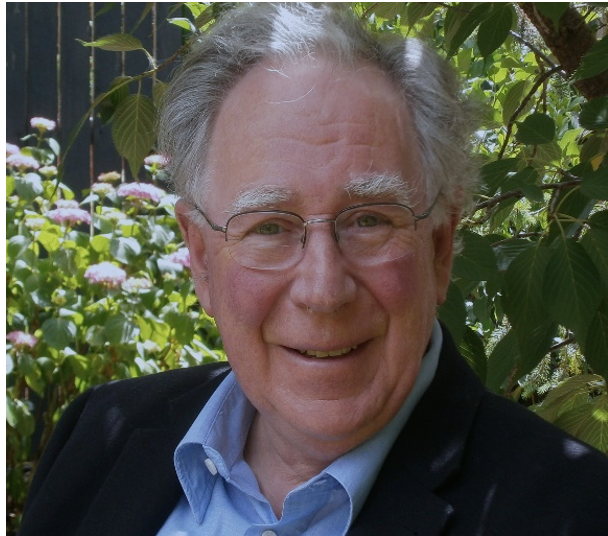PAUL COLLINS. How powerful is Pell in Australia?
July 9, 2016
The papacy only gained complete power over the appointment of bishops in the mid-19th century; its that recent. Previously many different systems operated, but the key issue was that the local church had a major say in who was appointed bishop, even if it was only the local lord or king. Nowadays episcopal appointments result from a closed, opaque process in which all power is held by the Vatican and hardly any by the local church. The result: some very poor appointments.
The Code of Canon Law outlines the general process: At least every three years the bishops of an ecclesiastical provinceare to compose in common counsel and in secret a list of priests who are suitable for the episcopacy and to send it to the Apostolic See (Canon 377, 2).
In Australia the process works like this: the papal nuncio, currently Filipino Archbishop Adolfo Yllana, canvasses the names of priests for possible appointment and seeks the views of the bishops of the region, including the bishop of the diocese to which the priest is to be appointed. Selected senior clergy and a few carefully chosen laypeople are consulted, usually through a secret questionnaire. It asks about the candidate’s personal qualities, orthodoxy, loyalty to the pope, commitment to celibacy, opposition to women priests, public image, any predisposition to hereditary illness and his familys condition.
It also asks about the candidates adherence to the infamous 1998 Statement of Conclusions imposed by the Vatican on the Australian bishops in which Australian Catholics were described as too egalitarian.
On the basis of these consultations a terna, a list of three names, is compiled by the nuncio and forwarded to the Vatican Congregation for Bishops. Here another investigation is made where they check whether any of the priests on the terna have been reported to the Vatican for issues like unorthodoxy (i.e. heresy), or disagreement with the prevailing Roman line on anything, or any critical comments about the pope or Vatican. Here it helps a lot if you have powerful patrons or good connections in Rome.
At the end of the process the list is sent to the pope for decision. He normally chooses the priest at the top of the list.
Two new auxiliary bishopsMonsignor Anthony Randazzo of Brisbane Archdiocese and Father Richard Umbers, a New Zealander and a priest of Opus Deihave just been appointed to Sydney Archdiocese and join the popular Bishop Terry Brady as Sydney auxiliaries. In the appointment of auxiliaries the local archbishop is very influential because they have to work with him. So there is no doubt that Sydney Archbishop Anthony Fisher would have played a key role in the appointments. It is widely known that Fisher himself is a protg of Cardinal George Pell. It is also known that Pell is a good friend of Cardinal Marc Ouellet, the French Canadian Prefect of the Congregation for Bishops, the body responsible for all episcopal appointments in Australia. So theres little doubt that Pell is still calling the shots in Sydney.
These guys are young; Umbers is 45 and Randazzo is 49. Fisher himself is only 56, but at present he is seriously ill. Randazzo is a canon lawyer who worked from 2004-2008 as an official in the Congregation for the Doctrine of the Faith (aka the Roman Inquisition) and from 2009-2015 he ran Banyo Seminary in Brisbane. No doubt he made good contacts in Rome. Umbers background is entirely in Opus Dei, but he lectured in the very conservative theology department of Notre Dame University in Sydney, which was much patronised by Pell when he was local archbishop.
It is hard to assess the extent of Pells influence on episcopal appointments in Australia outside Sydney. It was probably limited while the very able English Archbishop Paul Gallagher was papal nuncio here from 2012-2015. Gallagher understood Australian culture, was open to a range of views and participated in some good appointments. He is now Undersecretary of State for Relations with States, i.e. the Vaticans foreign minister.
However, since the arrival of Archbishop Yllana in February 2015 things have changed. Yllana has made it abundantly clear he is not interested in talking to anyone outside a tiny circle. We also have to remember that for a Hispanic pope and for the Vatican generally, Australia is somewhere south of Antarctica, so it is natural that they rely on Pell to inform them about goings-on in the local church.
Given his influential position in the Vatican Gallagher is seen by some Australians as a bit of a hope for the Great South Land and certainly the Secretariat of State and Pells Secretariat for the Economy are not exactly best buddies. It is also true that Francis has been turning down some of Ouellets recommendations for bishops lately, so much so that the Canadian offered his resignation a couple of months back, but it was not accepted.
The tragedy of this completely over-the-top centralised, corrupt system is that the local church has no effective say whatsoever in selecting its leaders. If there had been any genuine consultation in Sydney regarding these appointments none of the Sydney bishops, with the exception of Bishop Terry Brady, would have been appointed. The total leadership vacuum in Australian Catholicism continues.
